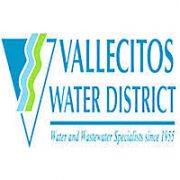OPINION: Keep State’s Struggling Water Systems Afloat
We all can agree every Californian should have access to safe drinking water. But too many – nearly 800,000 people – do not. The unfortunate reality is their local drinking water system serves contaminated water or can’t provide reliable service, and also can’t afford to invest in improvements to make the system safe. There are about 300 of these chronically noncompliant systems, most small and in rural, isolated communities. We can take an important step toward fixing this important health and safety problem by empowering newly created local agencies to supply clean and safe drinking water.



